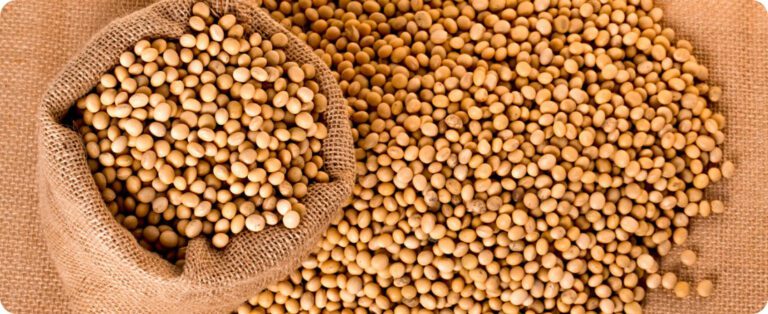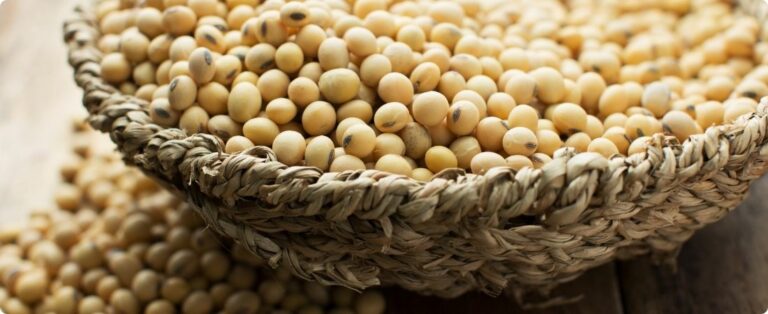In recent years, Latin America has been hit hard by meteorological phenomena such as La Niña and El Niño, which cause extreme weather events, depending on variables such as geographic location, temperature and rainfall, among others. Agricultural crops are directly affected, resulting in different effects on the various cultures and in the different countries of the continent, which is very extensive and has great diversity.
According to Luiz Renato Lazinski, from the National Institute of Meteorology (Inmet), El Niño “favorably impacts crops in central-southern South America, as in these years rainfall is more abundant and better distributed. For winter crops, such as wheat, the problem is excessive rainfall during harvest. In the northernmost areas of the continent, years with these phenomena are not very favorable, due to irregular rainfall and below-average rainfall volumes, in other words, problems with drought”.
On the other hand, the expert points out that “in La Niña years, like the one we are starting to enter and which should last at least until the end of the next summer harvest, in the central-southern region of South America the winters will be more rigorous , with lower temperatures and below-average rainfall, in addition to a high chance of late frosts in the highest areas of this region, which could be a problem for winter crops such as wheat, for example. In summer, this region records very irregular rainfall with below-average totals. For the northernmost areas of the continent, the rains are more abundant and better distributed, which greatly favors the summer harvest.”
According to him, it is difficult to say which countries are most affected. In Brazil, for example, there were problems in the north and northeast, but the central-south areas benefited. Paraguay harvested well and Argentina had a problem with excessive rain during the harvest.
Diego Henrique Uroda, technical manager at PGG Chemical Corporation, points out that summers with very high temperatures have been observed, some exceeding 60º Celsius just above the soil surface in agricultural areas in the Brazilian cerrado - which does not have a water regime that is constant and good. distribution.
Historically, in El Niño years the wheat harvest is harmed by the proliferation of fungi and diseases brought on by high humidity, explains Ronaldo Matzenauer, researcher at the State Foundation for Agricultural Research of Rio Grande do Sul (Fepagro). The same reality is observed in other countries that are important in large-scale food production, such as: Argentina, Paraguay and Uruguay.
Uroda lists the most affected crops: “the horticultural and horticulture complex, in addition to the cultivation of vegetables, fruits, seasonings and greens; large crops, such as soybeans, corn, wheat, barley, rice, beans, peanuts, potatoes and onions. The production of fibers such as cotton can also be harmed. Agricultural production is also affected as it is directly dependent on the supply of grains with quality, accessibility and prices compatible with the activity”.















